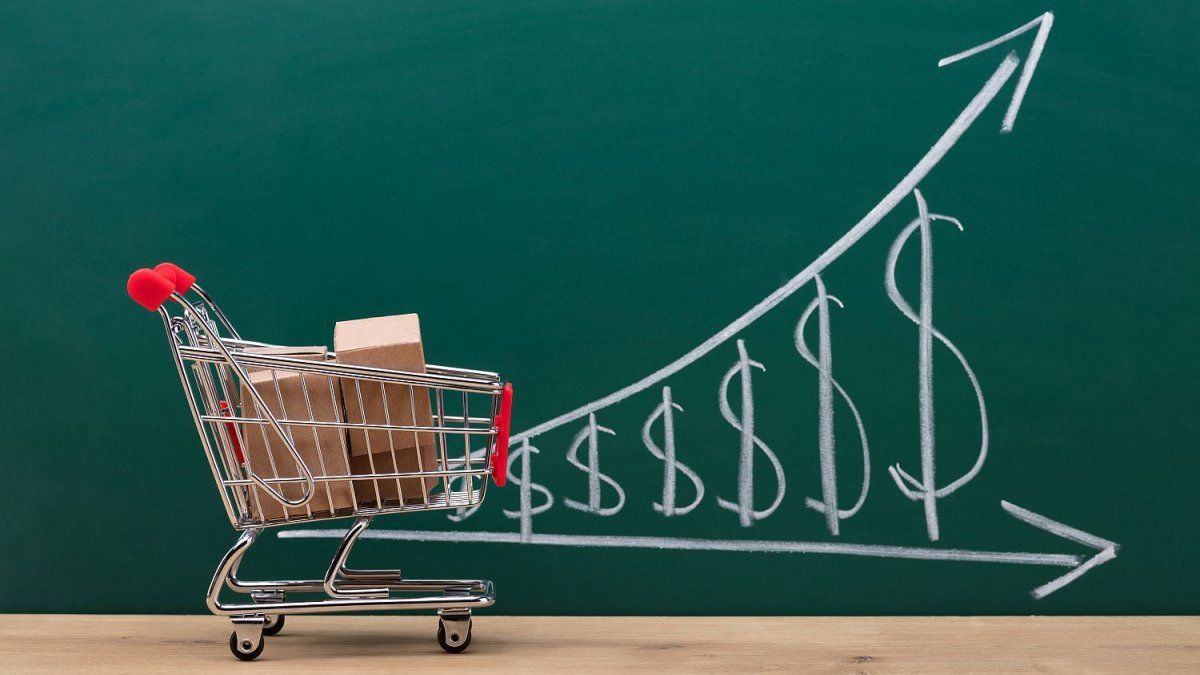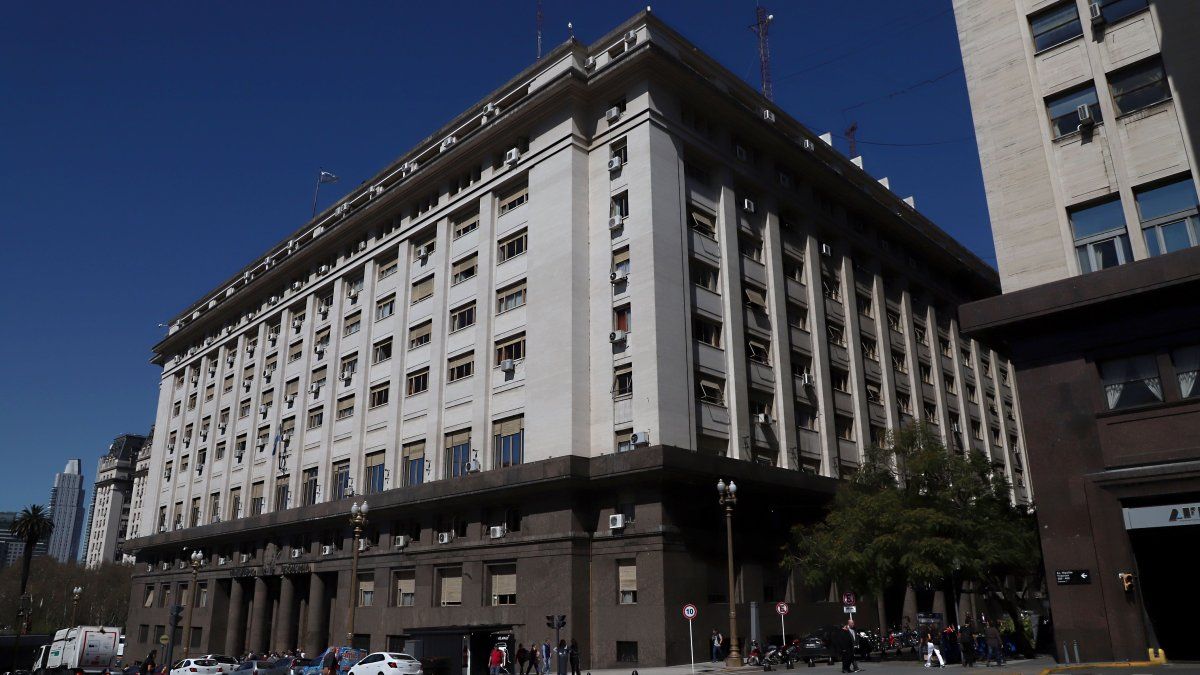The Government stepped on the accelerator on the removal of subsidies with three objectives simultaneously: reduce spending, increase revenue and reduce the impact of imports on the Central Bank’s reserves. Javier Milei and Luis Caputo are in check on several fronts: activity rebounds very slowly, exporters do not liquidate and after five months, inflation rose again. The suggestive presence of the International Monetary Fund and the Treasury Secretariat at an event by Pope Francis.
Inflation is overheating. The weekly estimate from the Orlando Ferreres consulting firm indicates that the average variation in the first week of June was 5.5% compared to the five weeks of the previous month. “This month inflation is stronger, the CPI is likely to be around 7.5%”he indicated to Ambit the renowned economist.
The monthly reduction in inflation had been a key element for the Government, both to maintain its positive image in society and to guide market expectations around different variables: interest rate, devaluation of the official exchange rate, recovery of activity.
Alberto Cavallo, who monitors thousands of prices daily, warned in mid-May that this process had stopped. First, food and beverages woke up, and to that will be added the sharp increases in rates, especially electricity.
The hidden strategy behind the price
Due to the cut in the consumption limit to be subsidized, The final impact on the ballot for thousands of users who are classified as N2 and N3 (low and medium income) will be closer to 300% than the 155% that the Government communicated as a limit.
The advance is made in the face of a winter in which lower than usual temperatures are expected and pursues several objectives simultaneously. The first and most obvious is to cut the subsidy account, a task that appeared as a priority at the beginning of the administration and was delayed.
At the same time, you will have relief on the tax front. While collection encounters serious problems in taxes linked to economic activity such as VAT, which is at pandemic levels, the public administration will be able to earn some extra pesos since about 25% of the final bill paid by users are taxes. .
There is also an intention to discourage consumption at a time when Argentina is importing diesel and fuel oil to sustain generation. It is expensive, you pay in cash and in dollars, a raw material that is not in excess at the Central Bank. As was warned in this column weeks ago, while the Government says: “There is no money”, the exporters answer: “There is no soybeans.”
The suggestive presence of the IMF and the White House at an event by Pope Francis
Those missing dollars are sought. Before local businessmen, foreign investors, under the mattress of Argentines and above all, in multilateral organizations. Perhaps that is why we should pay more attention to the list of attendees at the conference organized by the Pontifical Academy of Social Sciences and Columbia University.
In the first institution there is of course the unavoidable influence of Pope Francis; in the second, that of former Minister of Economy Martín Guzmán. The topic of the event was the debt crisis of the countries of the global south. But in the meeting in which ministers, directors of international organizations, academics and religious leaders participated, other things happened.
Martín Guzmán and Pope Francis Vatican debt conference June 6, 2024
The greeting between Pope Francis and Martín Guzmán.
For example, Pope Francis said that “no government can require its people to suffer deprivations incompatible with dignity” and warned that freedom can be “ugly” when it allows the rich to exploit the poor.
All this occurred in front of Jay Shambaugh, Undersecretary of International Relations of the United States Treasury, and the Deputy Managing Director of the International Monetary Fund Antoinette Monsio Sayeh. Both the White House and the IMF have been warning about the “low quality” of the Government’s adjustment and are key to any possible arrival of fresh funds.
Who was there for Argentina? What was said, the former Minister of Economy Martín Guzmán, the former president of the Central Bank Guido Sandleris. Curiously, no Javier Milei official.
Source: Ambito




